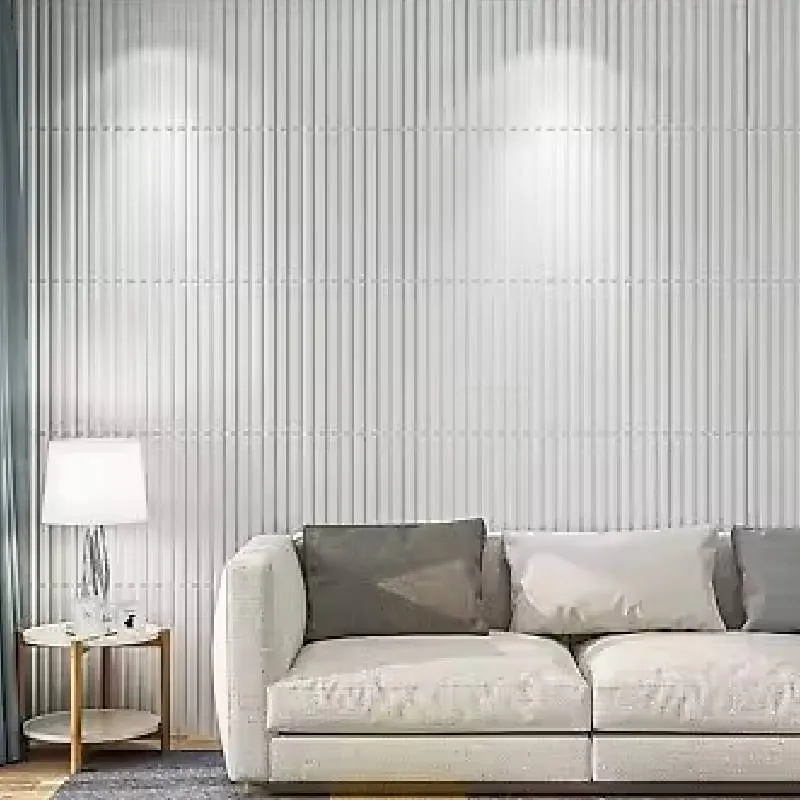Acoustic Art Panels Merging Aesthetics with Functionality
In the modern world, interior design and architecture have increasingly recognized the importance of balancing aesthetic appeal with functional requirements. One innovative solution that has gained popularity is the use of acoustic art panels. These panels not only enhance the visual ambiance of a space but also serve a critical functionality—controlling sound. Let’s explore the significance, benefits, and applications of acoustic art panels.
What Are Acoustic Art Panels?
Acoustic art panels are specialized sound-absorbing panels designed to reduce noise pollution and improve sound quality within a space. They are made from various materials, including fabric, foam, or wood, and can be printed with artistic designs or custom images. This unique combination enables them to serve a dual purpose—acting as both an art piece and a sound management solution.
The Importance of Acoustic Treatment
In interior environments, sound can be a significant concern. Excessive noise can lead to discomfort, affect concentration, and even impact productivity. In places like offices, restaurants, and schools, effective acoustic treatment is essential. Traditional soundproofing methods often involve elements that are purely functional, lacking in aesthetic appeal. Acoustic art panels address this issue by seamlessly integrating artistic design with sound control, creating an inviting atmosphere without sacrificing quality.
Benefits of Acoustic Art Panels
1. Enhanced Aesthetics Acoustic art panels come in a plethora of colors, textures, and patterns. They can be customized to reflect the style of a room or the branding of a business, turning sound management into a creative expression. Whether it’s a vibrant mural in a child’s classroom or a sleek, modern design in a corporate office, these panels can transform a dull space into a visually stimulating environment.
2. Improved Sound Quality By absorbing sound waves, acoustic panels reduce echoes and background noise, making conversations clearer and enhancing the overall auditory experience. This improvement is especially beneficial in high-traffic areas or venues that often host events or gatherings, where sound clarity can be crucial.
3. Versatility Acoustic art panels are versatile in their application and can be installed in various settings, including homes, offices, schools, and public spaces. They can be mounted on walls, suspended from ceilings, or even used as room dividers to create separate acoustic zones.
acoustic art panels

4. Eco-friendliness Many manufacturers produce acoustic panels using sustainable materials. This commitment to environmental responsibility aligns with a growing demand for eco-friendly solutions in design and construction, offering an avenue to enhance interiors without harming the planet.
5. Easy Installation and Maintenance Unlike traditional soundproofing methods, which may require significant renovations, acoustic art panels can be easily installed and removed. Most products are lightweight and can be affixed using adhesives or mounting hardware. Additionally, many panels are easy to maintain, often being washable or designed to resist dust and debris.
Applications in Different Settings
1. Commercial Spaces In restaurants and cafes, managing sound is crucial to create a pleasant dining experience. Acoustic panels can be strategically placed to minimize clattering sounds and enhance the ambiance, allowing guests to enjoy conversations without feeling overwhelmed by noise.
2. Educational Institutions Classroom environments benefit greatly from acoustic treatment. Installing panels can lead to improved speech intelligibility for both teachers and students, fostering a better learning atmosphere.
3. Creative Studios For musicians and artists, sound quality is essential. Acoustic art panels can be incorporated into recording studios or practice rooms to ensure optimal sound clarity, while still allowing the creative vision to shine.
4. Residential Spaces In homes, particularly in open-concept layouts, acoustic panels can help delineate spaces while managing sound. For example, in living areas where entertainment is frequent, sound-absorbing panels can help reduce noise spills into adjoining spaces.
Conclusion
Acoustic art panels represent a fusion of form and function. They not only tackle the critical issue of sound management but also enhance the visual appeal of any environment. As awareness of sound pollution continues to grow, so does the popularity of these innovative solutions. By choosing acoustic art panels, homeowners and businesses alike can enjoy a more beautiful and harmonious space, transforming noise challenges into opportunities for creativity and design.
